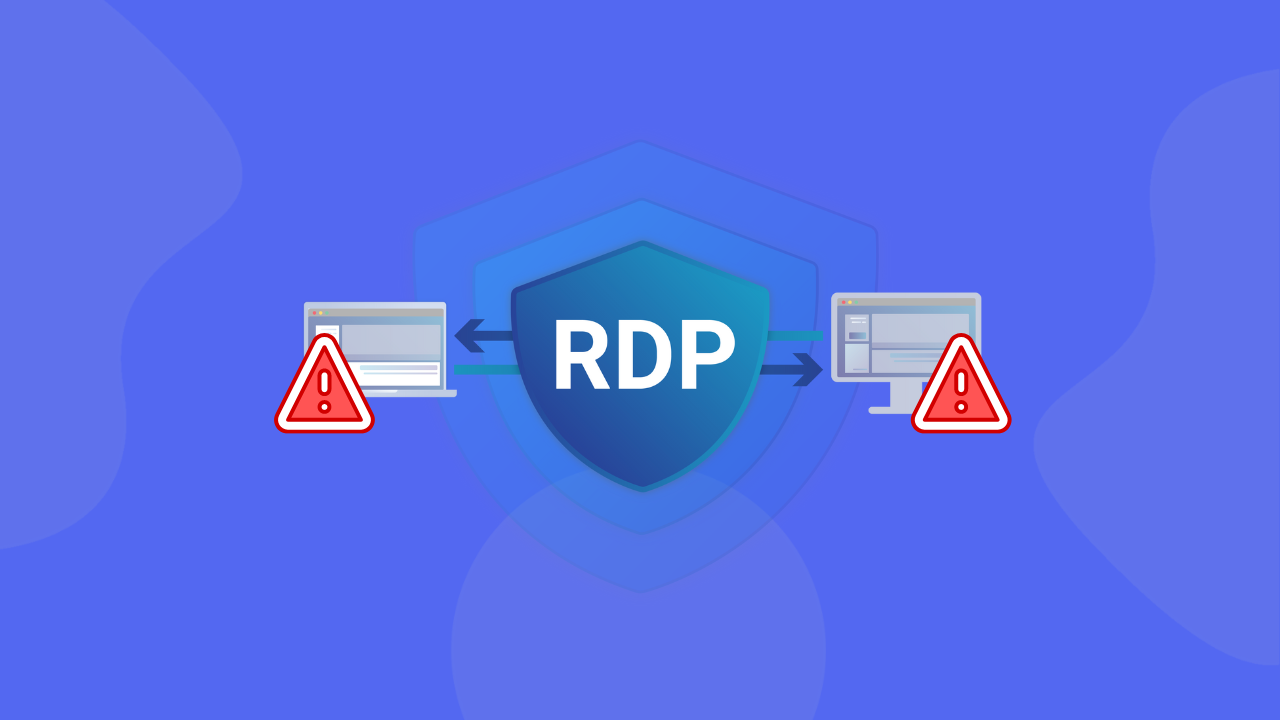Remote Desktop Protocol (RDP) is a valuable tool for remote access and control of computers, but it’s not without its challenges. From connection issues to security concerns, RDP users often encounter various problems that can disrupt productivity. In this article, we’ll explore the 10 most common RDP problems and provide practical solutions to overcome them, ensuring a smoother remote desktop experience for users.
Connection Errors and Timeouts:
One of the most frustrating RDP problems is encountering connection errors or timeouts. This can occur due to network issues, incorrect server settings, or firewall restrictions. To resolve this, ensure that both the client and server have stable internet connections, double-check the RDP settings for accuracy, and configure firewalls to allow RDP traffic.
Slow Performance and Lag:
Poor performance and lag during RDP sessions can hamper productivity. This may be caused by bandwidth limitations, hardware resources, or software conflicts. To improve performance, optimize network bandwidth, allocate sufficient resources to the RDP server, and minimize background processes on both ends.
Display and Resolution Issues:
Mismatched display resolutions or distorted visuals can make RDP sessions difficult to navigate. Adjust the display settings on both the client and server to ensure compatibility and clarity. Additionally, consider using remote display protocols like RemoteFX to enhance graphics performance.
Authentication Problems:
Authentication failures can prevent users from accessing RDP sessions. Verify that usernames and passwords are entered correctly, and check the user permissions on the server. Utilize multi-factor authentication (MFA) for added security and consider implementing certificate-based authentication.
Printer Redirection Failures:
Issues with printer redirection can prevent users from printing documents remotely. Install the necessary printer drivers on both the client and server, and ensure that printer redirection is enabled in the RDP settings. Troubleshoot printer spooler errors and restart print services if needed.
Audio and Sound Playback Troubleshooting:
Missing audio or sound playback issues can occur during RDP sessions. Configure audio settings to allow sound redirection, and verify that audio drivers are up to date. Check the Remote Audio settings in the RDP client and server to ensure proper playback.
Clipboard Syncing Errors:
Clipboard syncing errors can disrupt the seamless transfer of data between local and remote machines. Enable clipboard redirection in the RDP settings, and ensure that clipboard permissions are granted. Clear the clipboard cache and restart the RDP session if syncing issues persist.
Network and Firewall Configuration Challenges:
Network and firewall configurations can impact RDP connectivity and performance. Configure port forwarding and NAT traversal to allow RDP traffic, and create firewall rules to permit RDP connections. Consider using a VPN for secure remote access over public networks.
Security Vulnerabilities and Best Practices:
RDP is susceptible to security vulnerabilities if not properly configured and secured. Implement strong password policies, enable Network Level Authentication (NLA), and regularly update RDP software and patches. Consider using virtual private networks (VPNs) and network segmentation for added security.
Licensing and Activation Hurdles:
Licensing and activation issues can arise if RDP licenses are not properly managed or activated. Ensure that valid RDP licenses are acquired and activated on the server, and monitor license usage to prevent overages. Consider using subscription-based licensing models for scalability and flexibility.
Conclusion:
In conclusion, navigating the challenges of RDP requires a combination of technical know-how and troubleshooting skills. By addressing the 10 most common problems outlined in this article and implementing the suggested solutions, users can optimize their RDP experience and overcome obstacles with ease. Remember to stay proactive in monitoring and maintaining RDP infrastructure to ensure smooth remote access operations.
Note:
While exploring solutions for RDP problems, it’s important to prioritize security and adhere to best practices. Additionally, while there are services like FreeRDP.one that offer free RDP access, users should exercise caution and verify the legitimacy of such services to avoid potential security risks.





